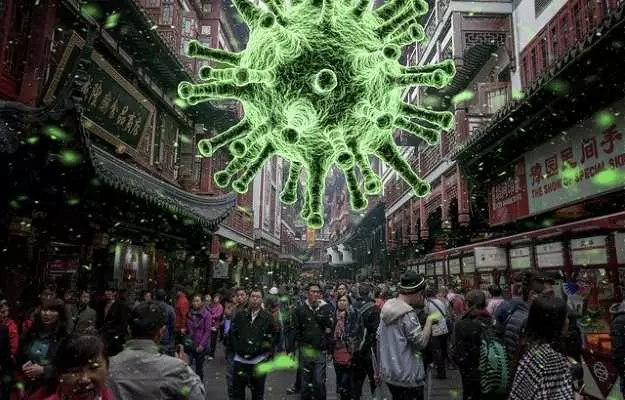As the world continues to grapple with the aftermath of the COVID-19 pandemic, the role of superspreaders is being continually scrutinised to find out why this pandemic has spread so quickly to all parts of the world.
As of 25 May, nearly 5.5 million people have been affected by the new coronavirus infection globally, with over 345,000 people having lost their lives to this disease which was first reported in late 2019. The outbreak of COVID-19 has since prompted countries all over the world to enforce restrictions on the movement of people with large-scale lockdowns.
Many superspreading events around the world have been identified as the reason behind the sharp rise in COVID-19 cases in those cities and regions, including the recent instance of a superspreader at a South Korean nightclub that led to 50 new cases. Prior to that, stringent lockdown policies and countrywide testing had ensured South Korea had managed to control the spread of the disease after the initial outbreak earlier this year.
Closer home, a religious congregation in the heart of the Indian capital also gave rise to a number of new COVID-19 cases around the country, although authorities were not able to identify superspreaders among them.
A new study on the pre-print server medRxiv questions the viability of lockdowns and whether they can be imposed in selective cases, keeping superspreading events in mind, as the transmission of the disease has not been established as a uniform phenomenon.
Read more: COVID-19 India timeline
























